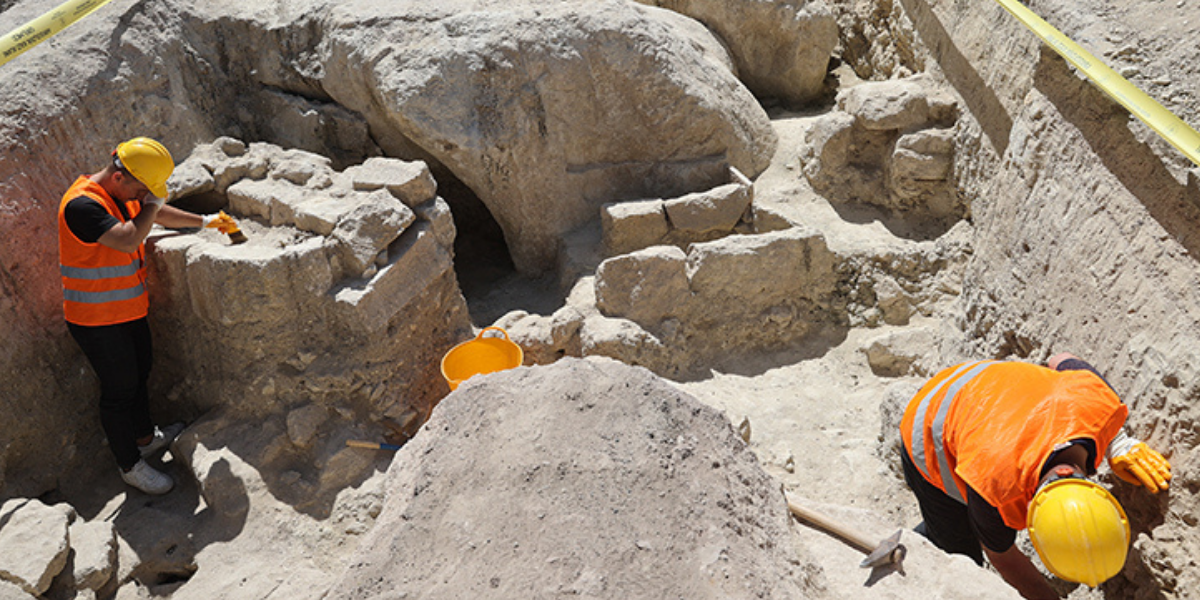
Unprecedented necropolis site found in Cappadocia
In Cappadocia, famous for its fairy chimneys, a necropolis area with a different type of grave that has never been seen before was unearthed. The necropolis area was found during excavations on the highway connecting Göreme to the town of Ortahisar, which was closed to transportation in 2022. The excavation project is a part of
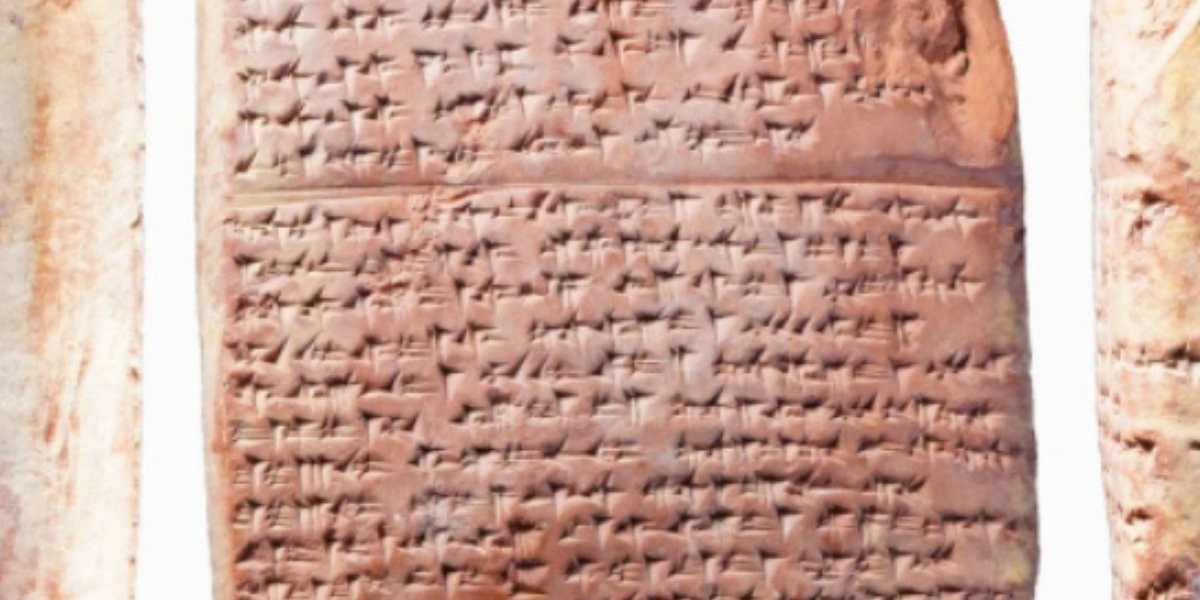
Kalašma, the lost language of Anatolia, decoded
A tablet found during excavations in Hattuša (today’s Boğazkale), the capital of the Hittite State, in 2023 revealed the existence of a lost language, Kalašma. According to scientists, Kalašma was used by a people named Kalašma who lived in the vicinity of Gerede district of Bolu province in modern-day Türkiye. “These texts show that Anatolia
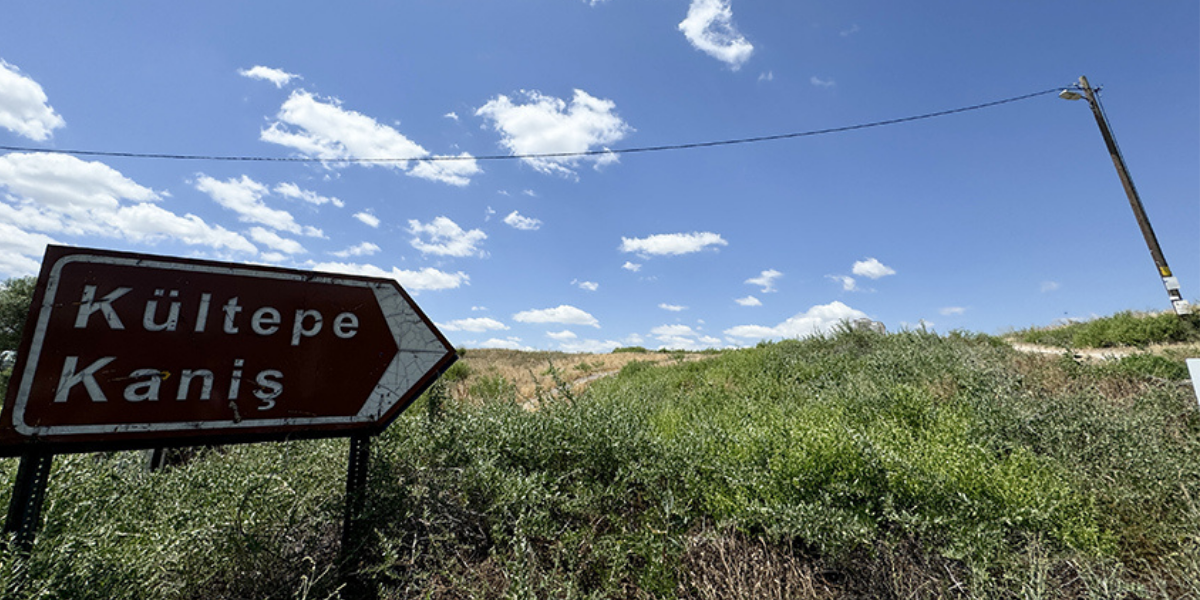
Traces of the mega-drought that is thought to have caused the fall of the Akkadian Empire will be investigated in Kültepe
In Kültepe, traces of a mega-drought, thought to have played a role in the collapse of the Akkadians, the first ancient empire founded in Mesopotamia after the fall of the Sumerian civilization, will be investigated. Kültepe/Kanesh is known as the place where written history began in Anatolia. It is one of the most important karums

Divriği Great Mosque may have been built according to the constellation Orion
Divriği Great Mosque, a UNESCO World Heritage Site, may have been built according to the constellation Orion. Divriği ulu Mosque, located in Divriği district of Sivas province, is a unique Anatolian Seljuk period work with its historical, architectural, artistic and cultural features. The work was built by the Mengücekliler principality. It was claimed that Divriği
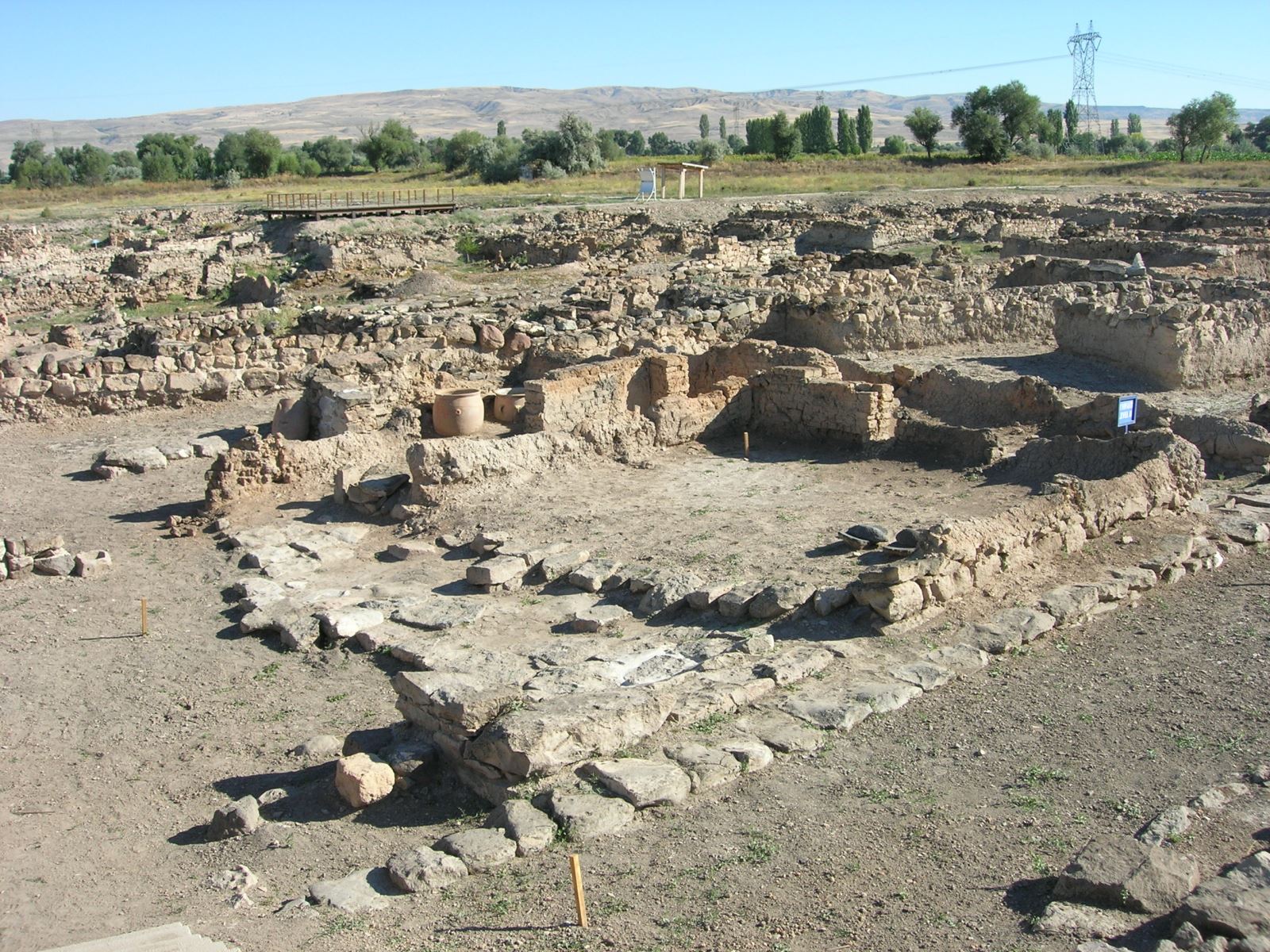
Excavations have started at the Kültepe ruins where the oldest written documents in Anatolia were found
The 76th year of excavations at Kültepe, an important karum in Anatolia during the Assyrian trade colonies, has begun. Kültepe is about 24 km from Kayseri city center. It functioned as an important trade center of the Assyrians and Hittites from 2000 BC to 1200 BC. The most important feature of Kültepe is that the
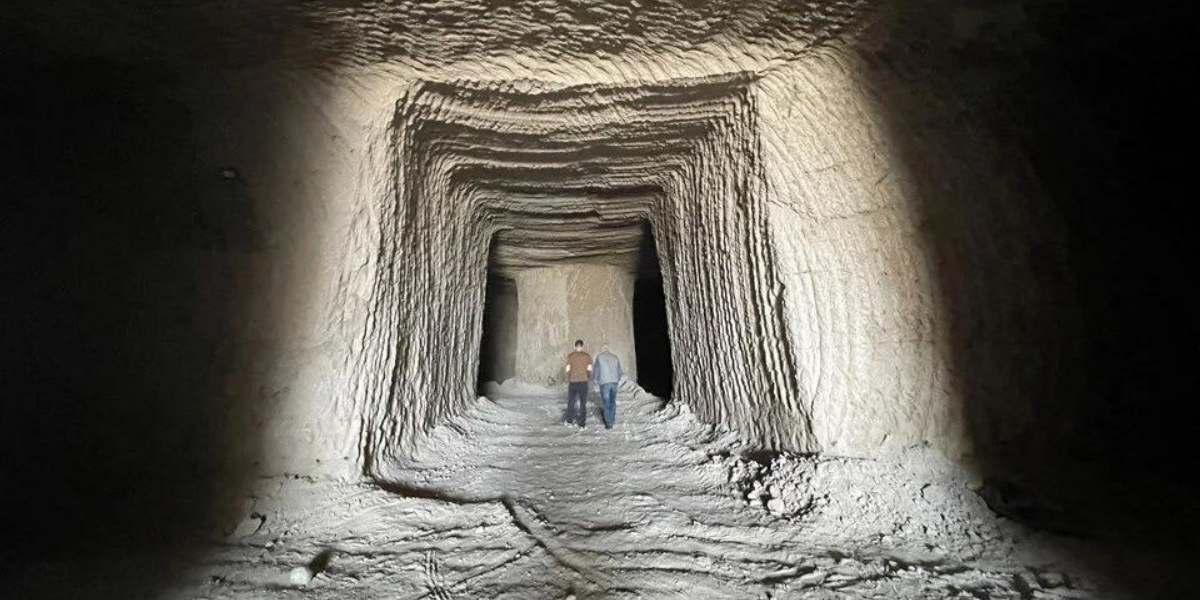
The 4000-year-old clay tablets discovered in Kültepe excavations will be exhibited in the rock-carved Kültepe Museum
The construction of the rock-carved Kültepe Museum, where clay tablets unearthed during archaeological excavations in the Kültepe/Kanesh karum, founded by Assyrian merchants in Anatolia, will be exhibited, continues. Kültepe/Kanesh Karum is an important archaeological site because it is the starting point of written history in Anatolia. Excavations in Kültepe, which dates back to 6000 years,

The 800-year-old Obruk Inn, considered the oldest hotel in Konya, has started to serve again
The 800-year-old Obruk Inn, which is considered to be the oldest hotel in Konya, completed its restoration and started to serve as a hotel again. Obruk Inn takes its name from the Kizoren Pothole next to which it was built. Obruk Inn is one of the Seljuk period works. The Seljuk caravanserai, which was built
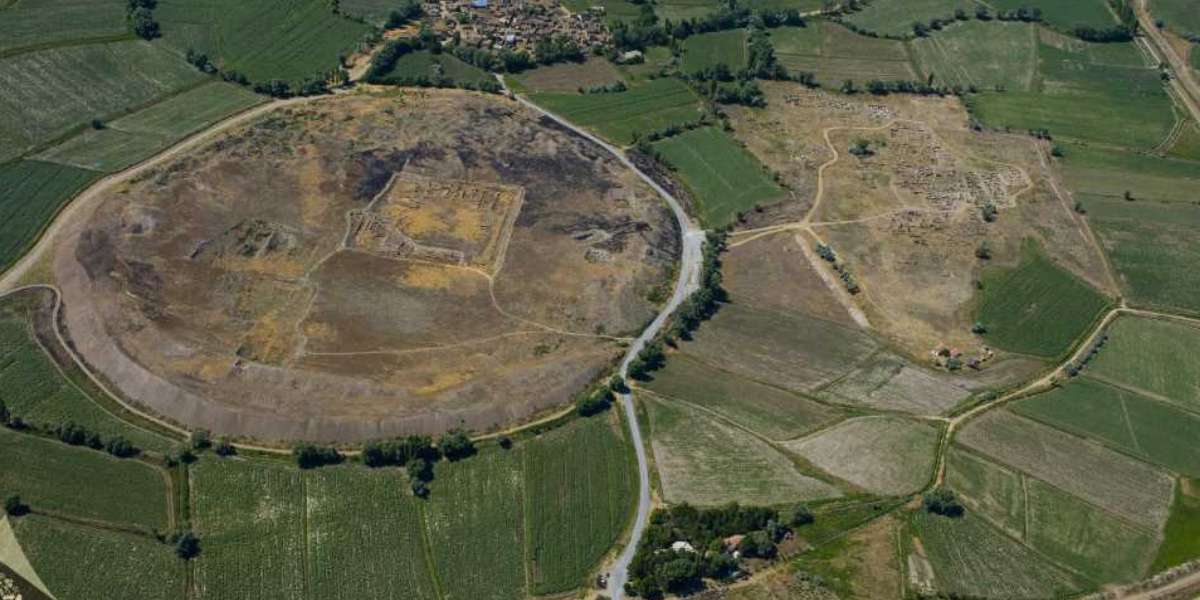
The first company in Anatolia was founded 4000 years ago in Kültepe with 15 kilos of gold
A 4000-year-old tablet found in Kültepe, one of the most important karums of the Assyrian trade colonies, shows that the first company in Anatolia was established in Kültepe. A 4000-year-old tablet found during excavations at Kültepe Karum, administrative center of the ten Karums established by the Assyrians in Anatolia, shows that the first company in

Historic Surp Garabet Church to be auctioned
The 19th century Surp Garabet Church will be sold at auction. Surp Garabet Church is located in the Hafik district of Sivas. Another name of the church, which was used in various ways by the village residents for a period of time, is Tuzhisar Church. The owner of the church, which appears as a haystack

The Touristic Salt Express, which will carry its passengers from the past to the future, makes its maiden voyage
It was reported that the Touristic Salt Express, which aims to introduce the historical and cultural beauties of Çankırı to local and foreign visitors, will make its first trip from Ankara on May 18. In a statement made by the Northern Anatolia Development Agency (KUZKA), it was stated that the Touristic Salt Express departing from
